محصولات ویژه
© کپی رایت 2025 | کلیه حقوق مادی و معنوی متعلق به بتنو می باشد
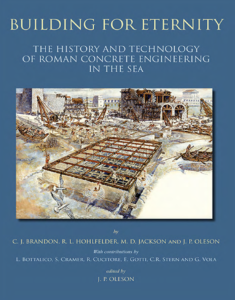
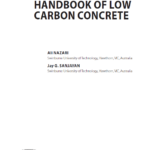 HANDBOOK OF LOW CARBON CONCRETE_ راهنمای بتن کم کربن
HANDBOOK OF LOW CARBON CONCRETE_ راهنمای بتن کم کربن
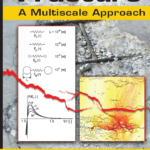 Concrete Fracture_ شکستگی بتن
Concrete Fracture_ شکستگی بتن
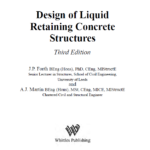 Design of Liquid Retaining Concrete Structures_طراحی بتن نگهدارنده مایع سازه ها
Design of Liquid Retaining Concrete Structures_طراحی بتن نگهدارنده مایع سازه ها
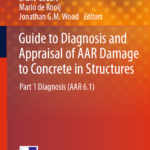 Guide to Diagnosis and Appraisal of AAR Damage to Concrete in Structures_راهنمای تشخیص وارزیابی AAR آسیب به بتن در سازه ها
Guide to Diagnosis and Appraisal of AAR Damage to Concrete in Structures_راهنمای تشخیص وارزیابی AAR آسیب به بتن در سازه ها
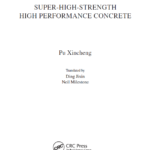 SUPER-HIGH-STRENGTH HIGH PERFORMANCE CONCRETE_ بتن با عملکرد فوق العاده بالا
SUPER-HIGH-STRENGTH HIGH PERFORMANCE CONCRETE_ بتن با عملکرد فوق العاده بالا
 Best Practices Guide for High-Volume_راهنمای بهترین روش ها برای حجم بالا
Best Practices Guide for High-Volume_راهنمای بهترین روش ها برای حجم بالا
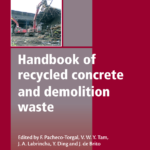 Handbook of recycled concrete and demolition waste_ کتاب راهنمای بتن بازیافتی و ضایعات تخریب
Handbook of recycled concrete and demolition waste_ کتاب راهنمای بتن بازیافتی و ضایعات تخریب
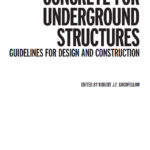 CONCRETE FOR UNDERGROUND STRUCTURES_بتن سازه های زیرزمینی
CONCRETE FOR UNDERGROUND STRUCTURES_بتن سازه های زیرزمینی
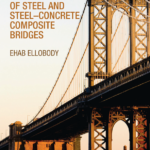 FINITE ELEMENT ANALYSIS AND DESIGN OF STEEL AND STEEL–CONCRETE COMPOSITE BRIDGE_المان محدود تجزیه و تحلیل و طراحی از فولاد
FINITE ELEMENT ANALYSIS AND DESIGN OF STEEL AND STEEL–CONCRETE COMPOSITE BRIDGE_المان محدود تجزیه و تحلیل و طراحی از فولاد
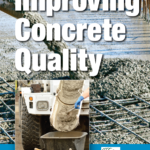 Improving Concrete Quality_بهبود کیفیت بتن
Improving Concrete Quality_بهبود کیفیت بتن
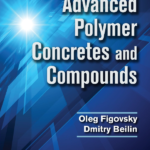 Advanced Polymer Concretes and Compounds_بتن های پلیمری پیشرفته و اجزای آن
Advanced Polymer Concretes and Compounds_بتن های پلیمری پیشرفته و اجزای آن
 Concrete Structures for Wind Turbines_ سازه های بتنی برای توربین های بادی
Concrete Structures for Wind Turbines_ سازه های بتنی برای توربین های بادی